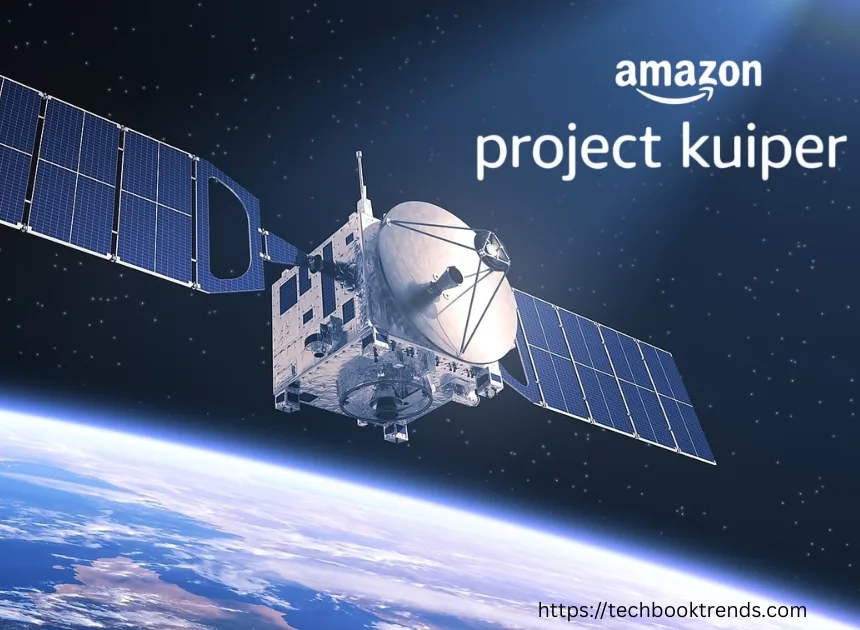
Amazon’s Epic Plan to Blanket the World in Wi-Fi?
You’ve probably seen “Amazon Project Kuiper Satellite Launch” popping up in your news feed, especially with all the exciting buzz about satellite launches. If you’re scratching your head wondering what it’s all about and why it’s being treated as such a massive deal, you’ve come to the right place. Honestly, it’s one of the most ambitious tech stories happening right now, and it’s worth understanding because it could change a lot for a lot of people.
Let’s just take a second to think about how deeply the internet is woven into our daily lives. It’s not just a utility anymore; it’s our office, our classroom, our local cinema, our family photo album, and our primary connection to the world. Many of us can’t imagine a day without it. We rely on it for remote work, our kids depend on it for school projects, and it’s how we see the faces of loved ones who live far away.
Now, try to imagine living somewhere where that connection is just a fantasy. Where “buffering” is a permanent state of being, or where there’s simply no signal at all. That’s the frustrating reality for millions of people across the globe, from small towns in the American heartland to villages nestled in the Himalayas. This is the “digital divide,” and it’s a huge barrier to opportunity. Amazon, a company known for thinking big, looked at this global challenge and came up with a wild, almost sci-fi solution: Project Kuiper.
What is this Amazon Project Kuiper Satellite Launch Thing, Anyway?
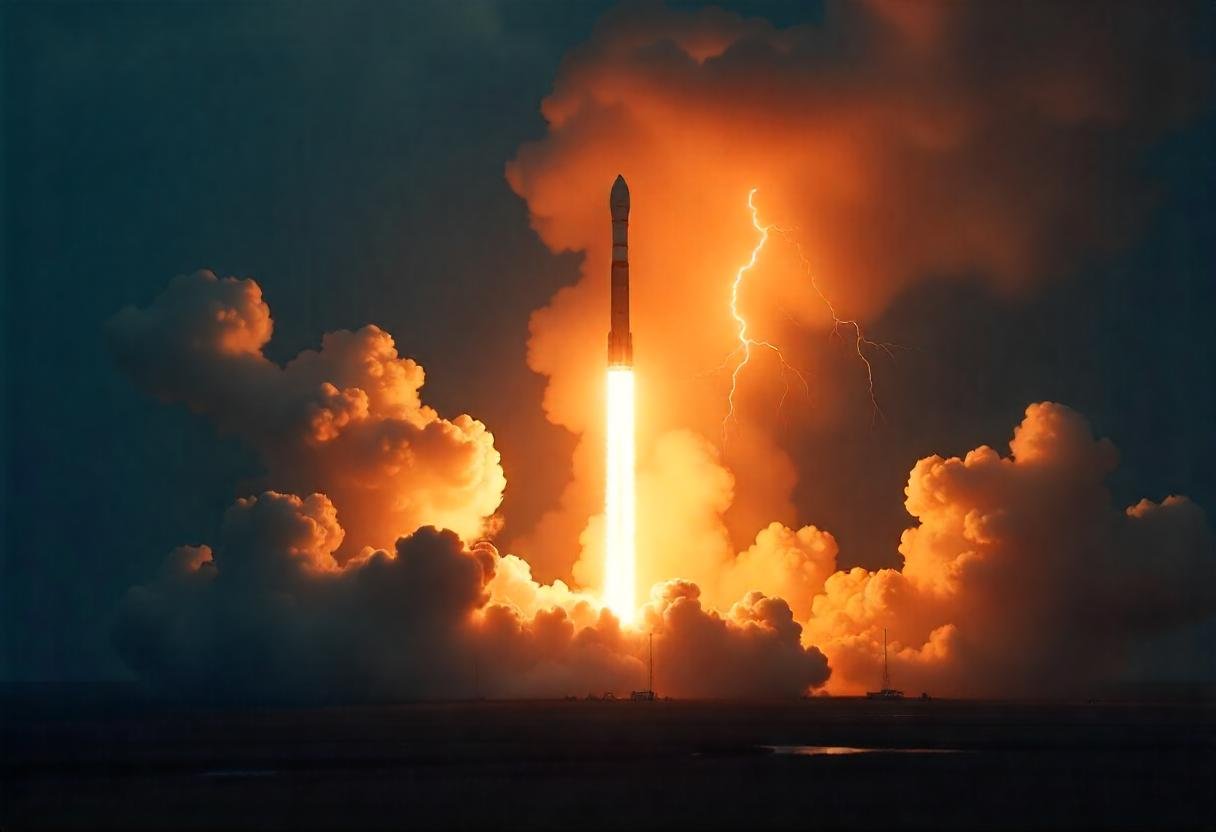
In the simplest terms, Project Kuiper is Amazon’s massive undertaking to launch a constellation of thousands of satellites into space. The mission? To create a global internet service that is fast, reliable, and—this part is key—actually affordable for regular people and communities. The goal is to bring high-speed connectivity to all the places that fiber optic cables and cell towers have forgotten or found too difficult to reach.
Think of it as building a seamless, invisible mesh network that wraps around the entire planet. This web of satellites will work in perfect harmony, beaming a powerful internet signal down to pretty much every square inch of the globe. We’re talking about finally connecting rural farms where a farmer could get real-time crop data, remote schools where students could access the world’s libraries, and small businesses that could suddenly have a global customer base. It’s not just about letting people stream movies in 4K; it’s about unlocking human potential on a global scale.
Let’s Talk About the Launches – The Really Fun Part!
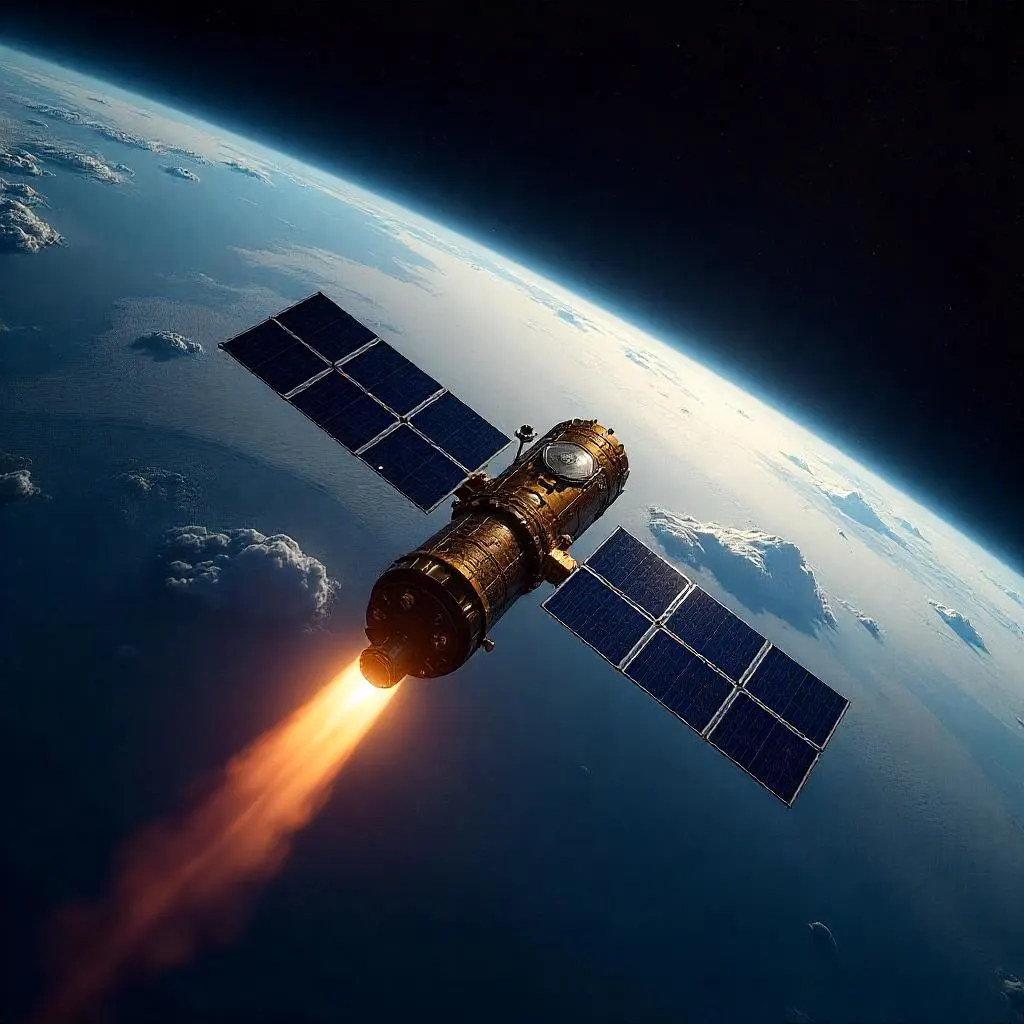 This isn’t just some futuristic concept on a whiteboard; it’s happening right now, in real-time. The Amazon Project Kuiper satellite launch program has officially moved from development into full-on deployment. It’s go time.
This isn’t just some futuristic concept on a whiteboard; it’s happening right now, in real-time. The Amazon Project Kuiper satellite launch program has officially moved from development into full-on deployment. It’s go time.
The moment the first batch of their production satellites successfully reached orbit was huge. It was the “proof is in the pudding” moment, confirming that their technology worked as planned and officially kicking off the monumental task of assembling the full network in space. These initial launches are just the first few drops in what will be a steady downpour of deployments.
And when I say they’re serious about this, I mean it. Amazon has booked one of the largest commercial launch deals in history to get the job done. They’ve secured 77 heavy-lift rocket launches with the titans of the industry: Blue Origin (Amazon founder Jeff Bezos’s other big project), United Launch Alliance (ULA), and Europe’s Arianespace. As if that weren’t enough, they’re also using SpaceX’s proven Falcon 9 rockets. Using multiple launch partners is a super smart move—it’s like booking flights on several different airlines to make sure your trip isn’t ruined if one gets canceled. It ensures a faster, more reliable rollout.
These satellites are all headed to “low Earth orbit” (LEO). Imagine Earth has different highway lanes in space. The old, traditional TV and weather satellites are way out in the slow lane, far away. LEO is the express lane, buzzing just a few hundred miles above our heads. This proximity is a game-changer because it slashes the time it takes for a signal to travel from your computer to the satellite and back. This drastically reduces that annoying lag (the technical term is latency), which means smoother video calls where you’re not talking over each other, faster-paced online games where you have a competitive edge, and an internet that just feels instantly responsive.
The Incredibly Cool Tech That Makes It All Work
So, how does a satellite hundreds of miles up send you an email? This is where the genius-level engineering comes in, and it’s genuinely fascinating.
The Satellites Themselves
Each satellite is a compact marvel of technology, about the size of a coffee table. They are designed for mass production, just like a car, which is essential when you need to build over 3,000 of them. They’re packed with powerful antennas and processors, but they also have their own mini-engines (thrusters) to navigate, stay in their perfect orbital slot, and avoid bumping into other things.
Most importantly, Amazon has a solid plan for its end-of-life. Once a satellite gets old, it will use its thrusters to safely guide itself back into the atmosphere to burn up completely. This is a huge deal for being a responsible space citizen and not adding to the growing “space junk” problem.
Freakin’ Space Lasers! (Seriously)
This is my favorite part. It sounds like something out of a Star Wars movie, but it’s 100% real and central to Kuiper’s design. The satellites communicate with each other using highly precise laser beams called Optical Inter-Satellite Links (OISLs). Think of it like a fiber optic network, but without the physical cables. This creates a high-speed data-sharing grid in space.
It means your data can take the most direct route, zipping from satellite to satellite across oceans and continents in the blink of an eye, instead of having to bounce back down to a ground station first. This makes the whole network incredibly fast and resilient.
The Dish on Your Roof (But Way Smaller and Cheaper)
To catch the signal from space, you’ll need a small antenna at your home, called a customer terminal. Amazon knows that a great internet service is useless if the equipment costs a fortune. They’ve poured a ton of effort into making these terminals small, easy to install, and, most importantly, affordable.
Their standard home model is sleek, compact, and is expected to cost less than $500 while delivering blistering speeds of up to 400 Mbps. They’ve also shown off a tiny, seven-inch square version for people on the go, and a heavy-duty model for businesses or hospitals that can handle speeds up to 1 gigabit per second (Gbps)!
The Big Showdown: Kuiper Enters the Ring with Starlink
 You simply can’t talk about satellite internet without mentioning Elon Musk’s Starlink. They were the first to really get a large-scale LEO network up and running, and they have a significant head start with thousands of satellites in orbit and a large subscriber base. So, how does Amazon Project Kuiper Satellite Launch plan to make a name for itself?
You simply can’t talk about satellite internet without mentioning Elon Musk’s Starlink. They were the first to really get a large-scale LEO network up and running, and they have a significant head start with thousands of satellites in orbit and a large subscriber base. So, how does Amazon Project Kuiper Satellite Launch plan to make a name for itself?
While Starlink has paved the way, Kuiper is stepping into the ring as a heavyweight contender with some unique and powerful advantages. The biggest ace up Amazon’s sleeve is its gargantuan cloud computing platform, Amazon Web Services (AWS). By designing Kuiper to integrate flawlessly with AWS from the ground up, Amazon can offer incredible value to its millions of business customers. Imagine a global company being able to securely connect all its remote operations directly to its cloud infrastructure via a single, seamless network. That’s a game-changer.
But the battle will likely be won on the ground, in the homes of everyday people. And here, Amazon’s core philosophy of customer obsession and affordability could be the ultimate disruptor. If they can deliver a fantastic service and undercut the competition on the price of both the monthly subscription and the hardware, they could make high-speed internet accessible to millions more people. Ultimately, this competition is fantastic news for all of us. It will push both companies to innovate faster, improve their services, and lower their prices.
At the End of the Day, It’s About People
Let’s pull back from the tech and the business competition for a second. The true promise of Project Kuiper is deeply human. It’s about creating opportunity where it didn’t exist before.
When a community gets access to reliable internet for the first time, the transformation is profound. Think of a student in a remote village in Uttarakhand, India, suddenly able to join live virtual classes from a world-class university. Picture a healthcare worker in rural Africa using a stable Kuiper connection to consult with a top specialist in Europe, saving a life. Imagine a local artisan in South America being able to sell their crafts directly to customers in New York or Tokyo, creating a sustainable livelihood for their family. This is what it means to close the digital divide. It’s about empowering people to learn, earn, and connect in ways that were previously impossible.
So, What’s Next on the Horizon?
Get ready to hear a lot more about Amazon Project Kuiper Satellite. We are at the very beginning of this journey. You can expect a steady cadence of rocket launches over the next few years as Amazon diligently builds out its constellation.
The first customers, likely in specific regions of North America, are expected to get the chance to sign up for the beta service starting in late 2024. This initial phase will be crucial for gathering real-world feedback before they begin a much wider, global rollout. Looking further ahead, the possibilities are endless. Imagine this connectivity being built directly into cars, commercial airplanes, and a whole universe of smart devices.
It’s an incredibly exciting time. We are witnessing the construction of a new global utility, one that will redefine what it means to be connected. So, the next time you see a headline about an Amazon Project Kuiper satellite launch, you’ll know it’s not just a story about rockets and technology—it’s the next chapter in the story of human connection.
Frequently Asked Questions
Q. So, when can I actually get this Amazon internet?
Ans. They’re aiming to start offering service to the first customers in late 2024, probably in a few areas in North America to begin with. The rest of the world will follow as they get more satellites up there.
Q. How many satellites are they actually sending up?
Ans. The initial plan is for a fleet of 3,236 satellites. That’s a lot of hardware to put in space!
Q. How fast will it be? Will I be able to binge-watch my shows?
Ans. Oh, absolutely. The standard home service will aim for speeds up to 400 Mbps. That’s more than fast enough for a whole family to be streaming, gaming, and working online at the same time without any issues.
Q. What’s this going to cost me? Is it going to be super expensive?
Ans. They haven’t released the final monthly price, but their mantra has been “affordability.” They are working hard to make it accessible. The main piece of equipment you’ll need, the terminal, is expected to be under $500.
Q. Is it going to be cheaper than Starlink?
Ans. That’s the million-dollar question! While we don’t know for sure, Amazon’s history suggests they will compete aggressively on price. More competition usually means better prices for us, which is great news.
Q. How is this any better than the terrible satellite internet my grandparents have?
Ans. It’s a completely different universe. Those old services use single, giant satellites that are super far away, which causes that horrible lag. Because Kuiper’s fleet is so much closer to Earth, the lag is practically eliminated. It’s designed to feel just as fast and responsive as a fiber optic connection on the ground.
Q. Why do they need so many thousands of satellites?
Ans. Since the satellites are in a low orbit, they are moving across the sky very quickly. To make sure you have a continuous, unbroken signal at your home, there always needs to be another satellite ready to take over as one moves out of range. Having thousands of them creates a seamless net, so your connection never drops.
Editor’s Recommendations
TECH-
Games-
Gadgets-

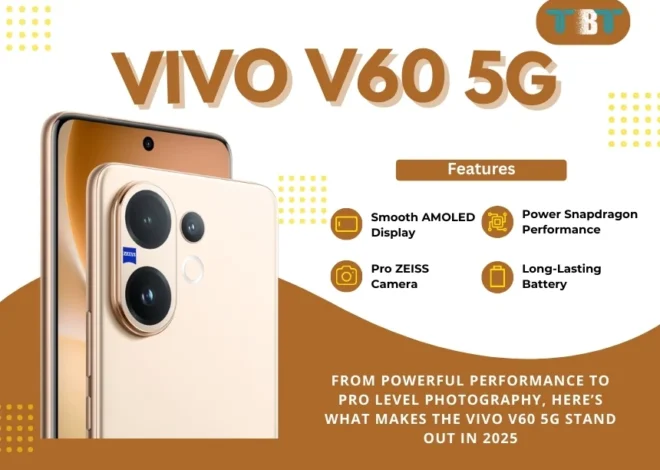
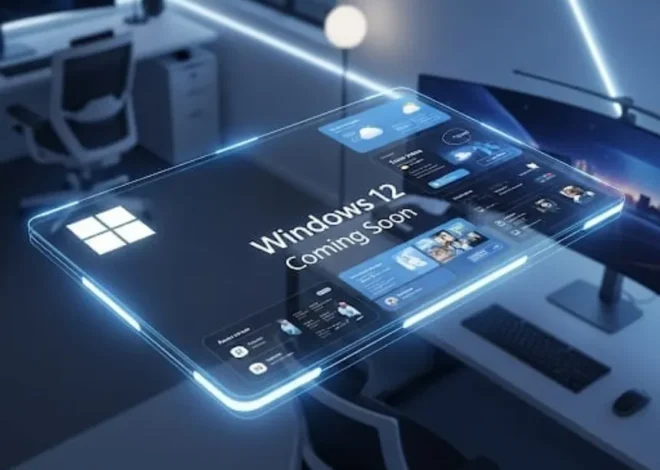


3 thoughts on “Amazon’s Epic Plan to Blanket the World in Wi-Fi?”